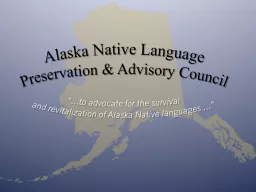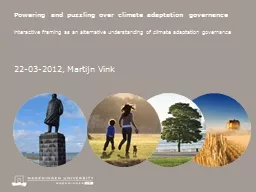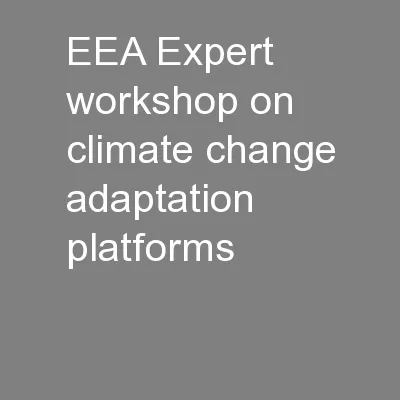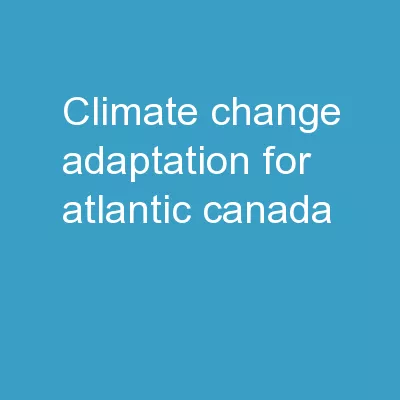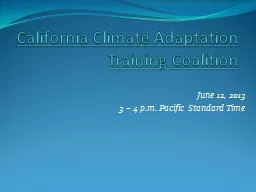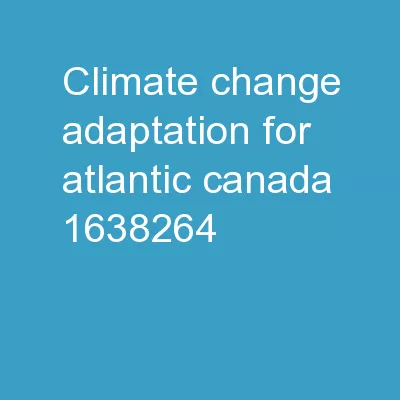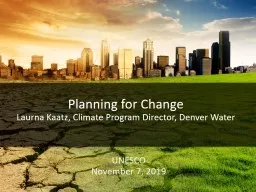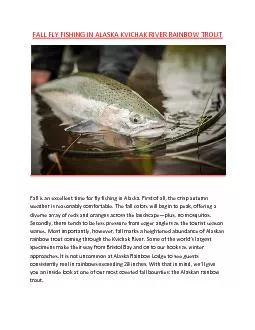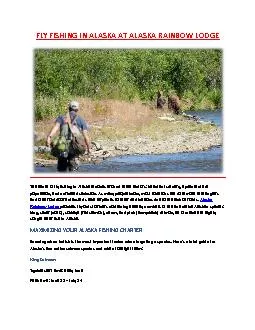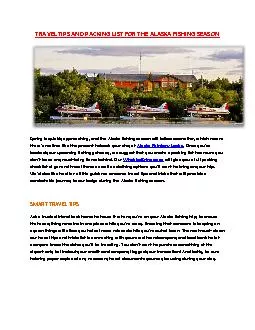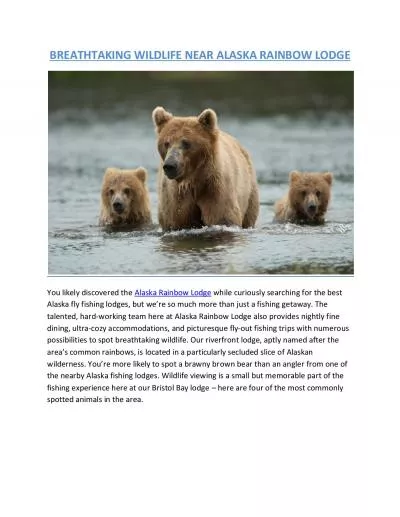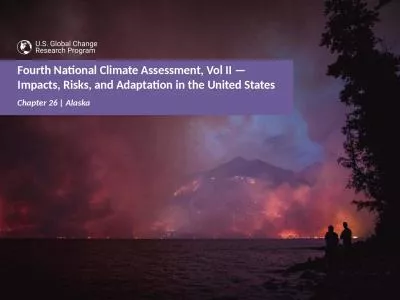PPT-A Synthesis of Climate Adaptation Planning Needs in Alaska Native Communities
Author : ellena-manuel | Published Date : 2019-10-30
A Synthesis of Climate Adaptation Planning Needs in Alaska Native Communities Danielle Meeker ACCAP Research Intern Scripps Institution of Oceanography San Diego
Presentation Embed Code
Download Presentation
Download Presentation The PPT/PDF document "A Synthesis of Climate Adaptation Planni..." is the property of its rightful owner. Permission is granted to download and print the materials on this website for personal, non-commercial use only, and to display it on your personal computer provided you do not modify the materials and that you retain all copyright notices contained in the materials. By downloading content from our website, you accept the terms of this agreement.
A Synthesis of Climate Adaptation Planning Needs in Alaska Native Communities: Transcript
Download Rules Of Document
"A Synthesis of Climate Adaptation Planning Needs in Alaska Native Communities"The content belongs to its owner. You may download and print it for personal use, without modification, and keep all copyright notices. By downloading, you agree to these terms.
Related Documents


